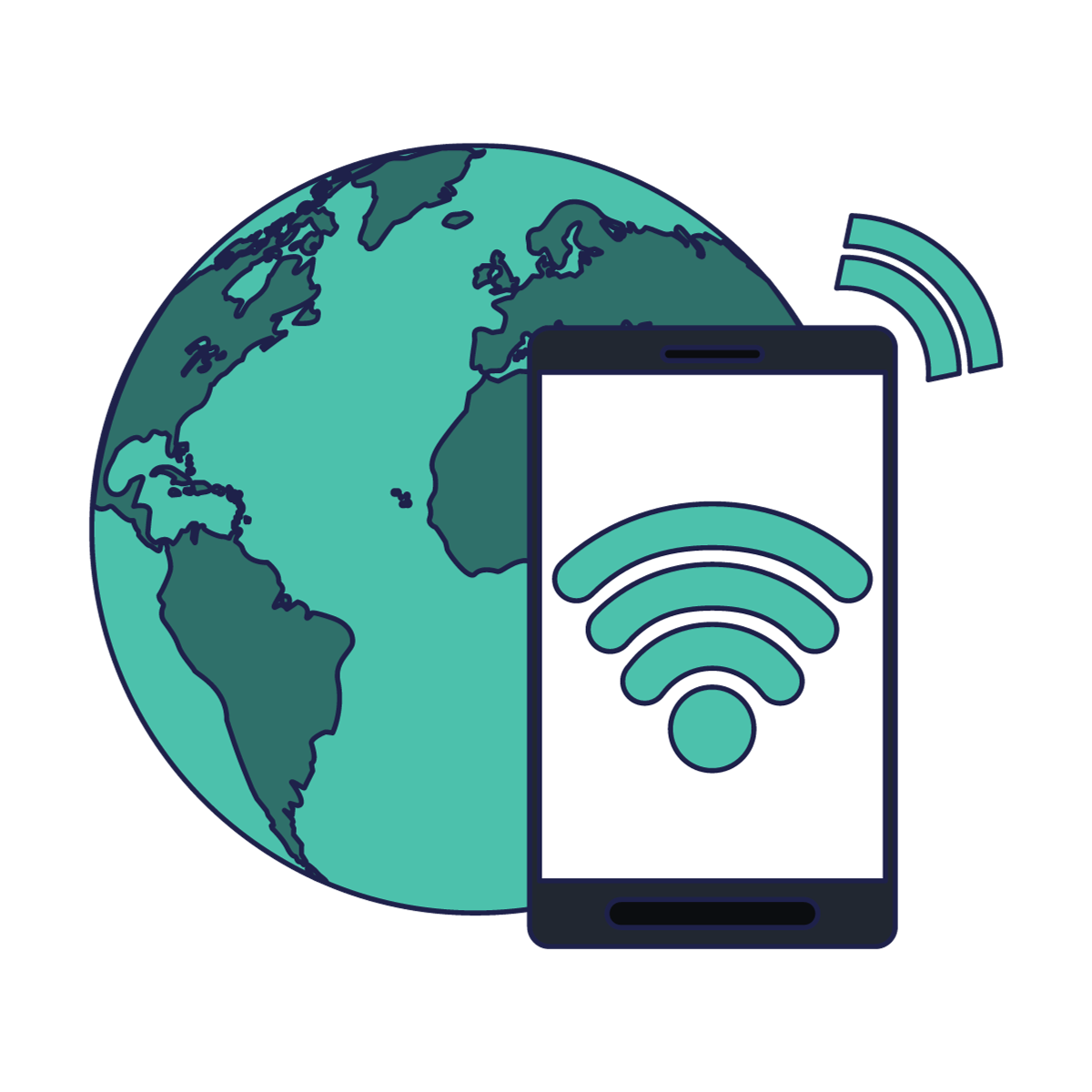Get a Call back
The GovStack initiative runs with the objective to establish a shared understanding and technical framework for fundamental, reusable, and interoperable digital elements collectively known as ‘building blocks.’ These building blocks encompass software code, platforms, and interoperable applications that not only work seamlessly together but also offer essential digital services at scale, making them adaptable for various use cases and contexts.
Technoforte has been a development partner for GovStack since the inception of the product. The primary aim is to facilitate countries in commencing their digital transformation journey by adopting, deploying, and expanding digital government services. By utilizing the digital “building blocks” methodology, governments can easily create or modify their digital platforms, services, and applications while simplifying cost, time, and resource requirements. The GovStack initiative comprises four key components:

GovStack streamlines processes for national, municipal, or local governments to implement digital government services, making it more accessible, faster, and dependable.
Case Study: Unconditional Social Cash Transfer Service
Let us look at a use case of how GovStack was implemented to build an unconditional social cash transfer service.
The unconditional cash transfer refers to payments made to the financially disadvantaged or vulnerable citizens (without conditions), or benefit schemes offered by the government to alleviate poverty. The main stakeholders in this scenario are the ministry for social welfare, the local welfare officers and the vulnerable citizens or families that avail these benefit schemes.
The “Building Blocks” in this product use case were:
Product Features

Outreach Communications
Personnel from the Ministry of Social Welfare or other agencies/organizations conduct an awareness campaign to disseminate information about a social assistance program targeting potential recipient groups and implemented through predefined methods and partners. This campaign utilizes mobile messaging and/or is broadcasted on national radio or television. Additionally, a more localized campaign is carried out by district/local social welfare officers, reaching out to individual villages. Outreach communication is particularly intensive during the initial launch of the new program but also requires continuous engagement and additional information sharing, such as explaining grievance procedures, rights and responsibilities, and behavior change communication.

Registration
Registration involves the process of gathering data on potential beneficiaries for the assessment of their needs and circumstances. The registration process varies depending on the specific country context, either through a mass-census survey or upon request at local offices, which may build upon interoperable existing data sources. Data, both at the individual and household levels, is input into a registry dedicated to a single social assistance program or multiple programs, known as the Social Registry (SRIS).

Data Verification and Validation
Data within the SRIS (Social Registry Information System) is typically reviewed by central-level managers of the Social Welfare Ministry. This review includes cross-referencing with other government databases, such as identification, taxation, land ownership records, to fill in any gaps, validate and verify the collected information, and authenticate all records.

Eligibility Determination & Benefit Packages Design
Eligibility determination varies depending on the country and the program. The amount of transfer often depends on the composition of the household, and beneficiaries may qualify for additional services.

Enrollment
Eligible beneficiaries are contacted again and asked to officially enroll in the program. During the enrollment process, further data may be collected, depending on the program’s design, such as bank account details or biometric information.

Payment
If a social cash transfer program has implemented electronic payment methods (e.g., through banks or mobile money), payments are disbursed on a regular schedule defined by the program.

Ongoing Case Management
This stage, dependent on the program and the country’s broader social protection policies, involves continuous interaction with beneficiaries through local social welfare officers to achieve various objectives, including maintaining up-to-date beneficiary information, addressing complaints, grievances, and appeals, and managing multidimensional risks by connecting beneficiaries to other programs and services, such as child protection.

Ongoing Monitoring and Evaluation (M&E)
Central-level managers and local social welfare officers use up-to-date program data to make decisions and management choices, such as determining the locations for additional training, conducting re-registration campaigns, and prioritizing budget allocation.

Updating
The process of keeping data current to initiate program exits for individuals no longer eligible (e.g., due to death, migration, exceeding the eligible age, or other disqualifications) and program entry for newly eligible beneficiaries. This is achieved through a combination of recertification campaigns, automated data updates, and data-sharing with other government databases, such as civil registration for tracking deaths. Additionally, adjustments to entitlements (e.g., benefit type or transfer size) may occur due to changes in household composition, incomes, and other factors.
GovStack’s community is leading the world in establishing global standards for the digitization of public sector infrastructure. Learn more about GovStack here!
eTechnoforte FZE
X3-02, SAIF Zone
120094, Sharjah
United Arab Emirates